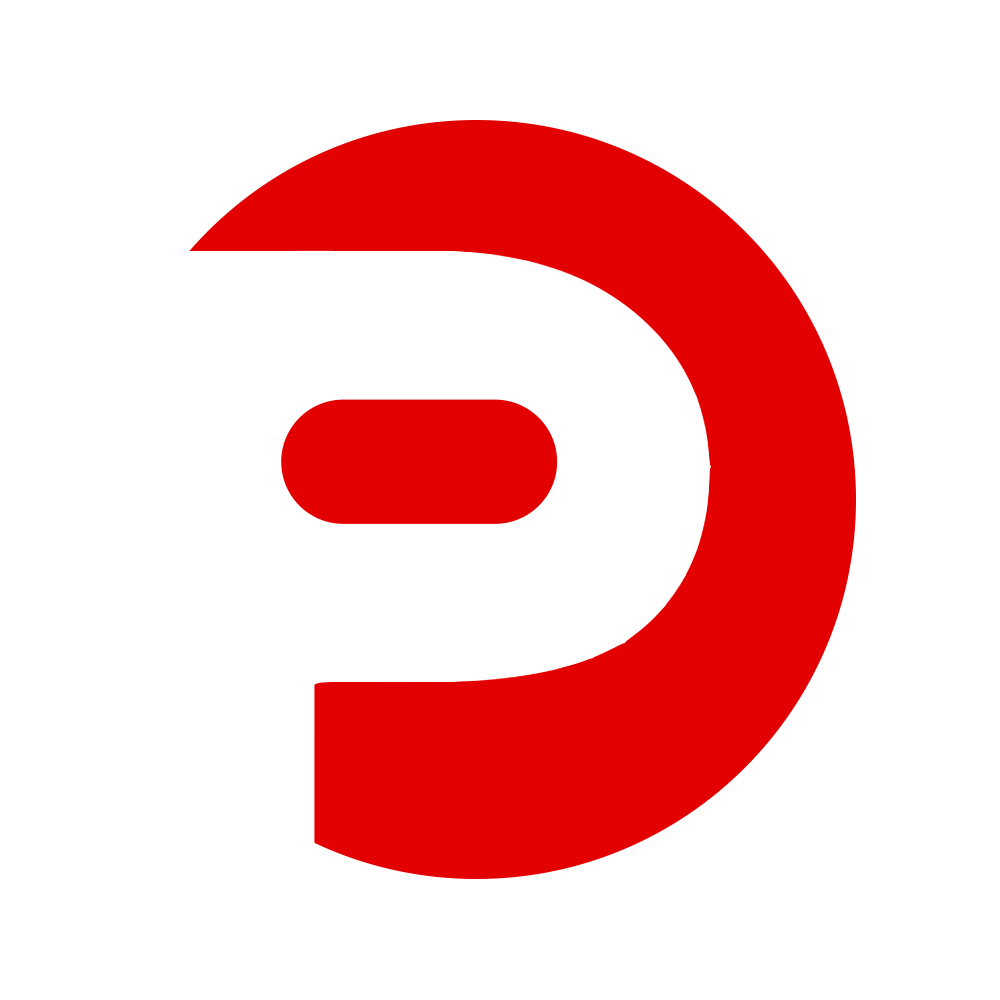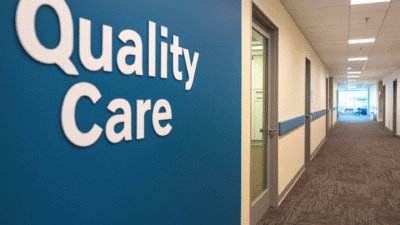Precision treatments are rising, costs and access must follow suit.
The Rise of Specialty Drugs
The drug market involving specialty drugs is undergoing a rapid transformation unlike any other healthcare sector. In only 30 years, it has transformed from a niche category to the greatest force reshaping how the treatment of disease takes place.
In the 1990’s, there were less than 30 specialty drugs that even existed. Now, specialty drugs make up more than 80% of new drugs approved in 2023. Last year, the FDA has already given the green light to 7,000 new treatments in which 75% of those were specialty drugs. This large growth is a testament to the shift in how chronic, complex, and rare diseases are managed.
With greater innovation, comes greater complexity though.
What Are Specialty Drugs?
There is no exact definition of what a specialty drug actually is but the industry defines them by consisting of some of the following characteristics:
- Requires special handling or storage (Ex. refrigeration, temperature monitoring)
- Distributed through restricted networks
- Require frequent patient monitoring
- Contain very high price tags
In most cases, they include gene and cell therapies. Although costly, they have been shown to significantly improve disease progression, prolong life and even offer a cure.
Cost Pressures and Payer Strategies
Although clinically promising, they pose extremely serious financial challenges for many. A survey conducted by the International Foundation of Employee Benefits Plans suggested that cell and gene therapies were behind a 7% increase in overall healthcare cost trends.
To help mitigate these costs, payers are employing control strategies such as:
- Prior authorizations
- Case management
- Disease management programs
- Nurse advice lines
Many payers are actually converting to value-based contracts with pharmaceutical companies. These contracts will link payment to treatment effectiveness, which will help improve patient outcomes while controlling costs.
The Role of Specialty Pharmacies
Specialty pharmacies are often equipped to handle more complex services for dispensing medications compared to traditional pharmacies such as:
- Temp controlled shipping and storage
- Ability to coordinate financial assistance and assist in reimbursement programs
- Patient education, counseling and ADR (adverse drug reaction) management
- Continuous patient monitoring of effectiveness
These pharmacies are necessary to ensure that treatment is successful and that it can be continued long term.
Enter Biosimilars: A Cost-Effective Alternative
Here comes biosimilars which offer a way to reduce costs without compromising care. They are clinically equivalent to FDA approved biologics and:
- Cost up to 50% less when launched
- Reduce average price of branded biologics by 25%
- Estimated to save about $38.4 billion between 2021-2025
There were 45 biosimilars that were approved in early 2024 with numbers expected to grow even more rapidly especially in oncology and autoimmune disease treatment.
Gene and Cell Therapies: From Hope to Reality
The FDA continues to approve novel gene and cell therapies (CGTs) with 37 currently approved and 500 more in development. They include treatment for:
- Cancer
- Hemophilia
- Cystic Fibrosis
- Alzheimer’s and other neurological disorders
Although some of these therapies come with a hefty price tag, they are eliminating the need for ongoing treatment, thus saving millions over a patient’s lifetime.
Regulatory Shifts and Market Dynamics
There was The Inflation Reduction Act of 2022 which introduced drug price reforms such as:
- A $2,000 annual cap on Medicare Part D out-of-pocket costs
- Lower coinsurance rates for some Part B drugs whose prices were exceeding inflation
These new reforms are aimed at helping to improve affordability and predictability but also places some pressure on drug companies to adapt quicker.
Looking Ahead: Collaboration Is Key
As the specialty drug market continues to expand, there is a heightened need for collaboration and innovation. Stakeholders must:
- Monitor the pipeline of drugs to anticipate future costs
- Invest in more patient centered care coordination
- Expand greater access to biosimilars and value based agreements
By helping to align clinical innovation with cost management, the future of healthcare can fully realize the promise of specialty medications.





